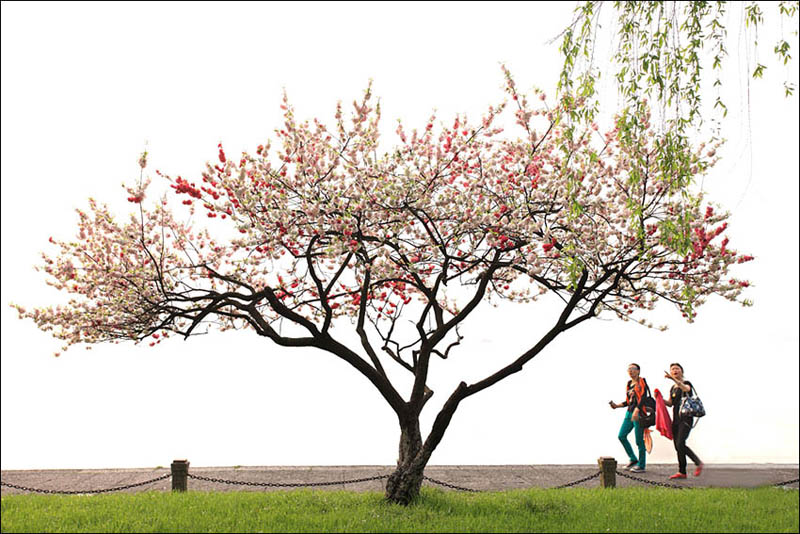- Su Causeway
- 2013-07-16
-
Su Causeway was built during the Northern Song Dynasty (960–1127 AD) and was named as "Su Causeway" to commemorate the much loved Su Dongpo (a great poet in ancient China) and his innovative achievements that shaped West Lake.
Su Causeway was constructed using the dredged silt of West Lake. Su Dongpo had organized a large-scale dredging of the lake during his second term (1089-1091) as the governor of Hangzhou. About 200,000 local people took part in the project. Six single-arch stone bridges were constructed to grace the causeway spanning the lake from north to south. Hence it’s also known as “Six-Bridge Causeway”. With its special attraction, the causeway and its bridges became the prototype for landscaping in many other parts of China.
Since the Southern Song Dynasty (1127–1279 AD), it has become known for its “Spring Dawn at Su Causeway” (苏堤春晓), which ranks first among the “Ten Scenes of West Lake”. Since the Yuan Dynasty (1271-1368 AD), it has become known for another special scene called “Six Bridges in Misty Willows” (六桥烟柳), one of the “Ten Scenes of Qiantang (Qiantang is another name for West Lake)”. With the decoration of numerous trees, beautiful pavilions and colorful flower-beds, the causeway is now an attractive walkway in the daytime and a romantic lovers’ lane in the evening. Make no mistake, though. It is assuredly safe, with absolutely no chance of being robbed by highwaymen!


Source: New Greater Hangzhou: A New Guide by George Chen